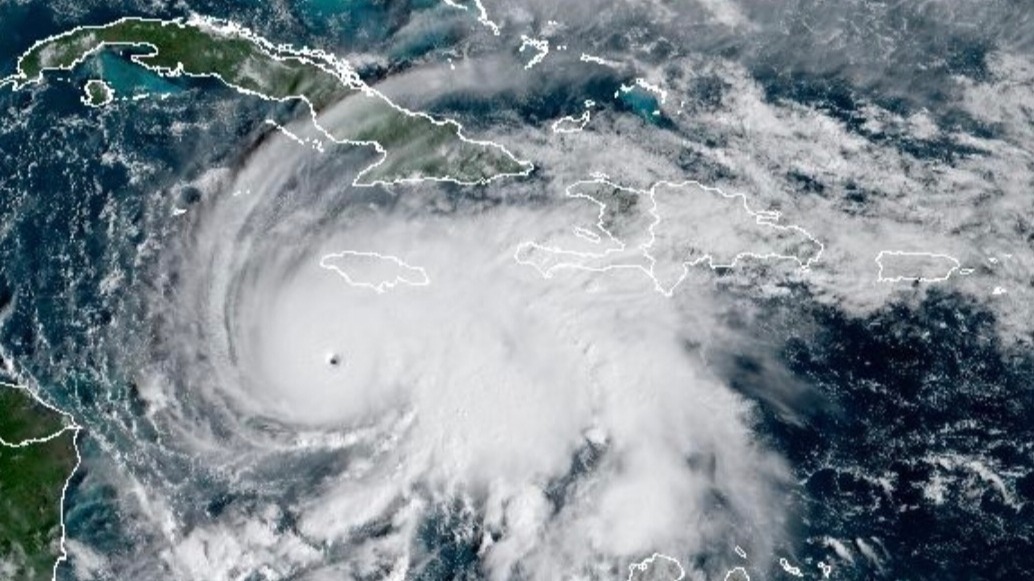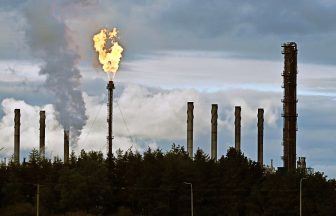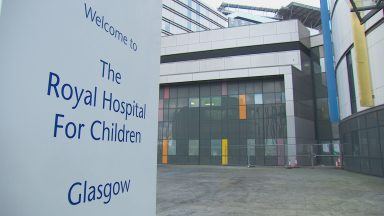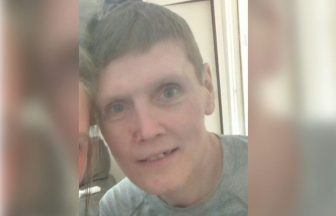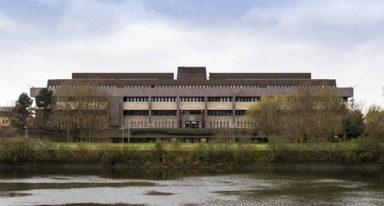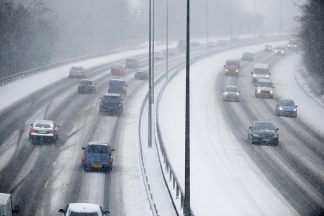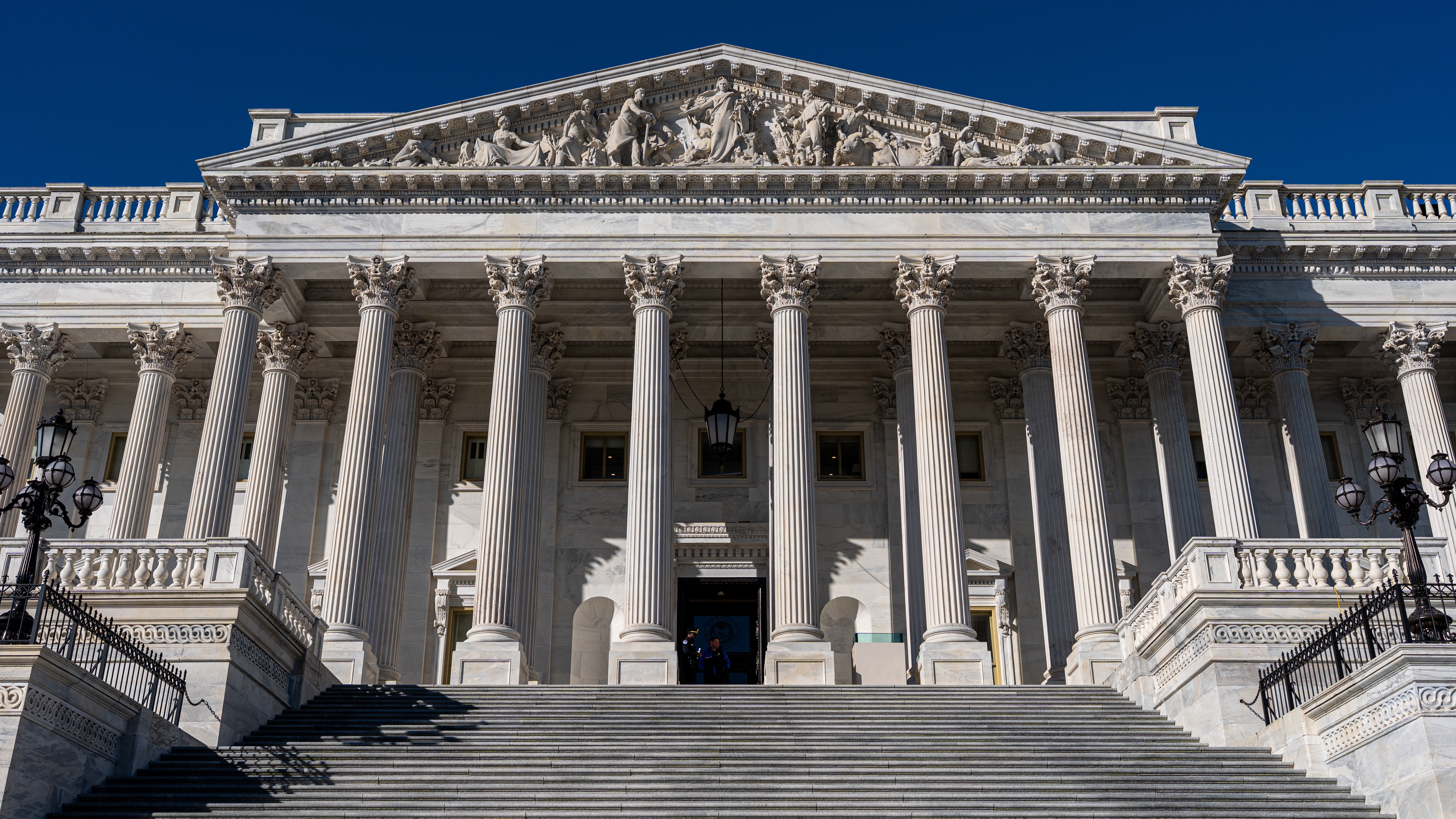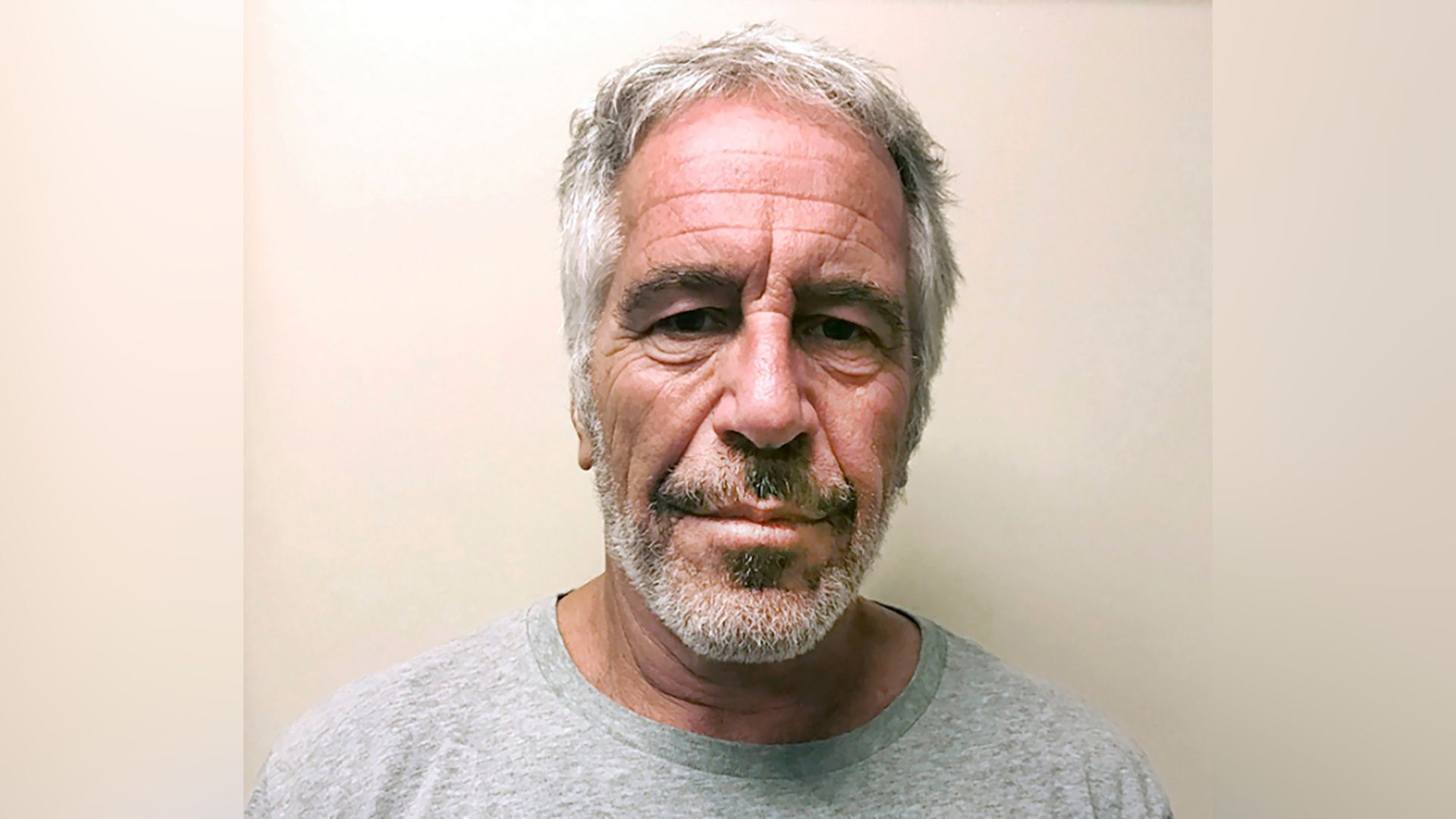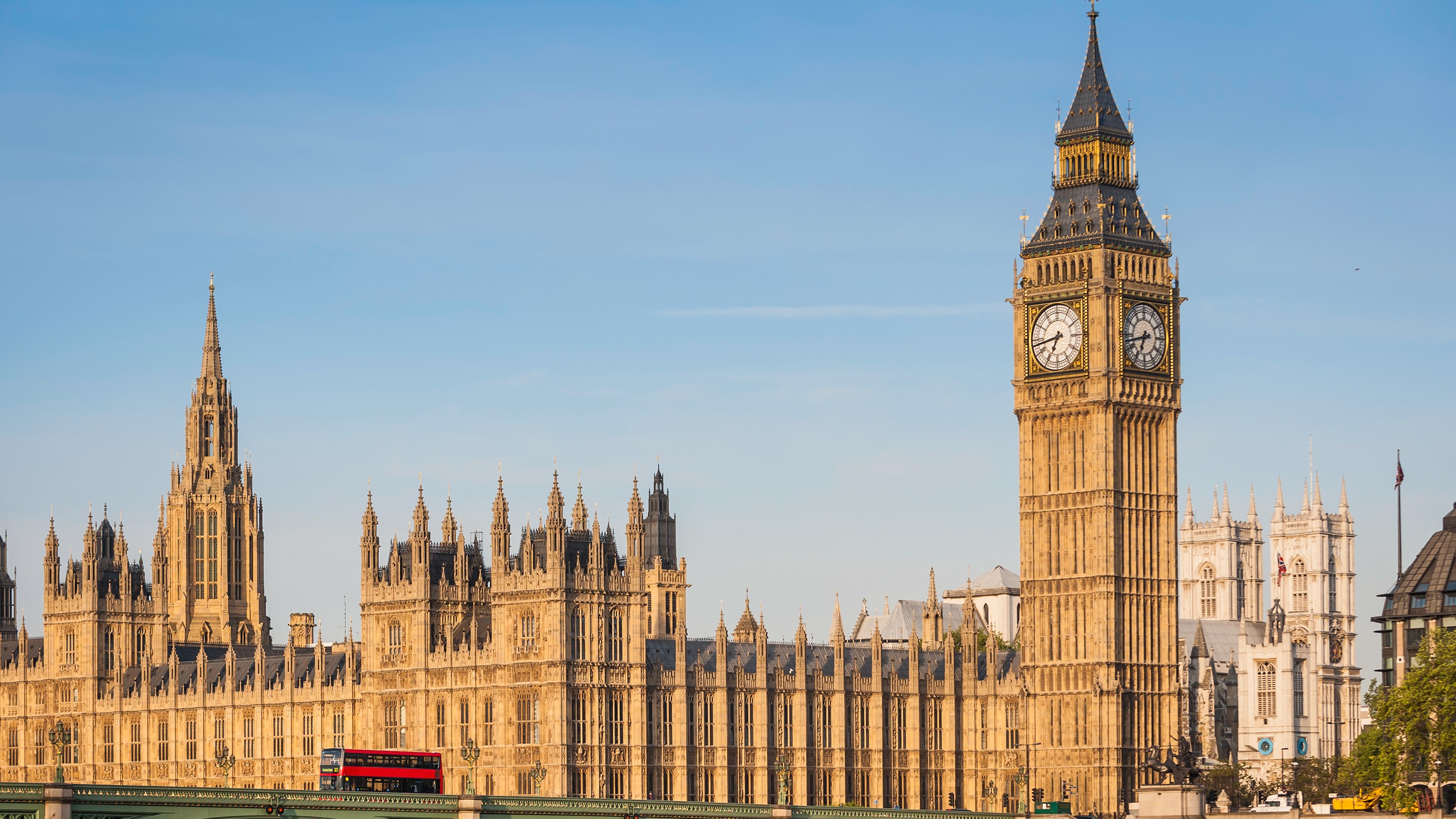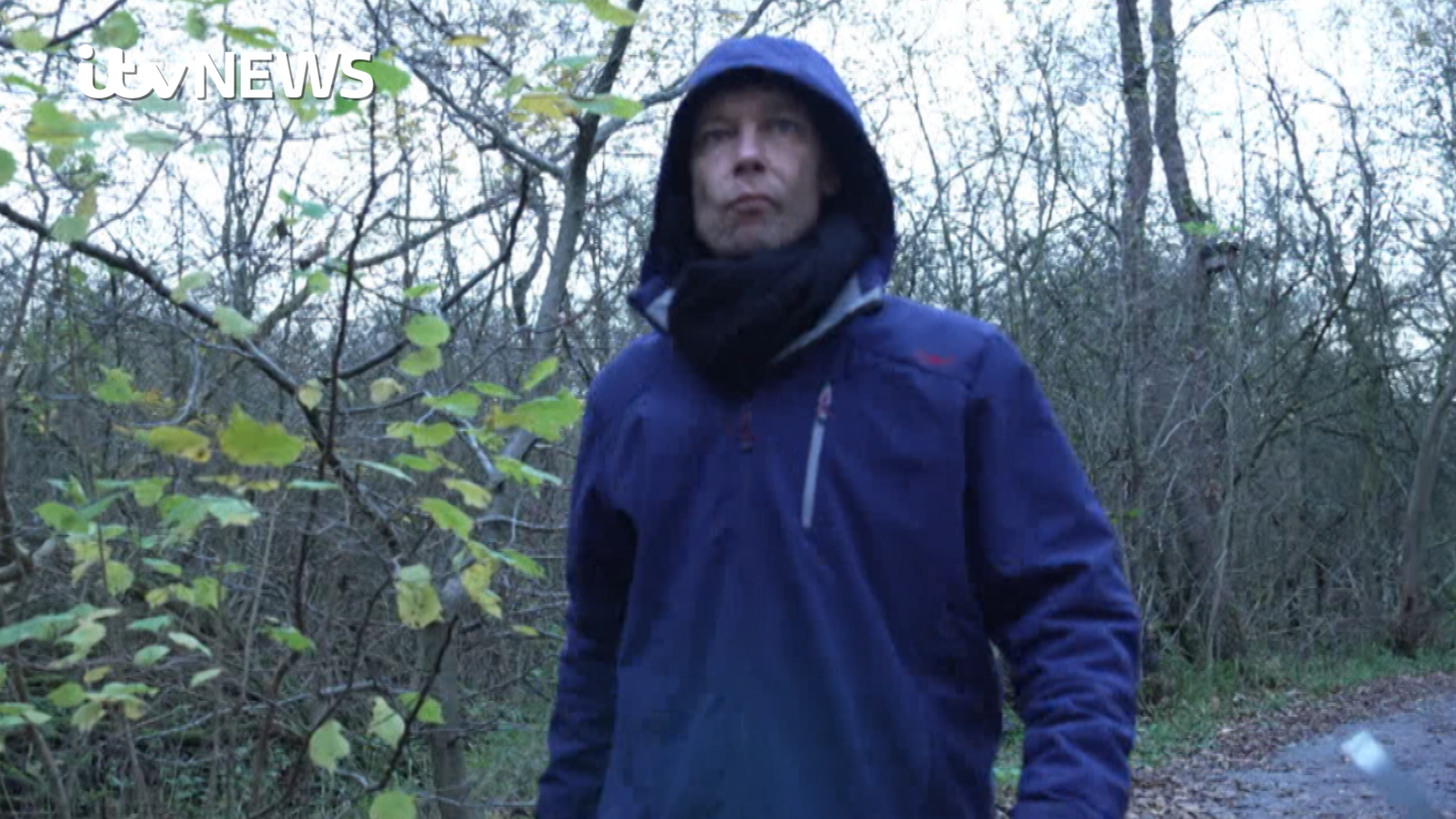Watch as a US Air Force plane flies into the eye of Hurricane Melissa
Hurricane Melissa has left seven people dead in the Caribbean ahead of making landfall in Jamaica, where it is expected to be the strongest storm to hit the island since records began.
The category 5 storm is expected to strike Jamaica later on Tuesday, bringing a metre of rain, a life-threatening storm surge of up to four metres and 160mph winds.
Weather conditions brought by the hurricane have already left three people dead in Jamaica. A further three were killed in Haiti and one person was killed in the Dominican Republic, where another remains missing.
As the storm approaches the island from the south, moving at a speed of about 2mph, maximum sustained winds of 175mph were recorded. It is one of the most intense hurricanes on record in the Atlantic Ocean.
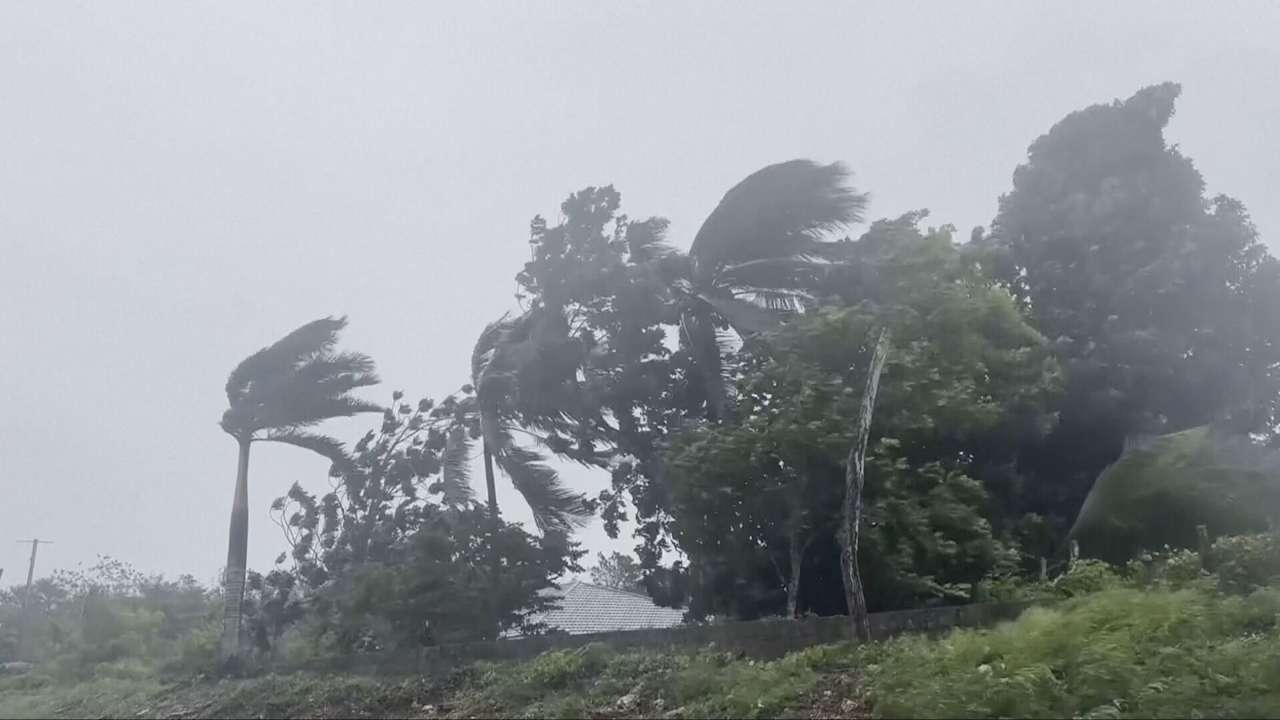
Landslides, fallen trees and power cuts have been reported in Jamaica. People have been warned to evacuate flood-prone communities and stockpile clean water.
Hurricane Melissa is the planet’s strongest storm of 2025 so far after rapidly intensifying to category 5.
The central pressure of the storm has decreased from 909 milibars (mb) on Monday evening to 901mb on Tuesday, a sign the storm could be strengthening even further.
This makes the storm more intense than Hurricane Katrina, which devastated Louisiana in 2005 and had a pressure low of 902mb.
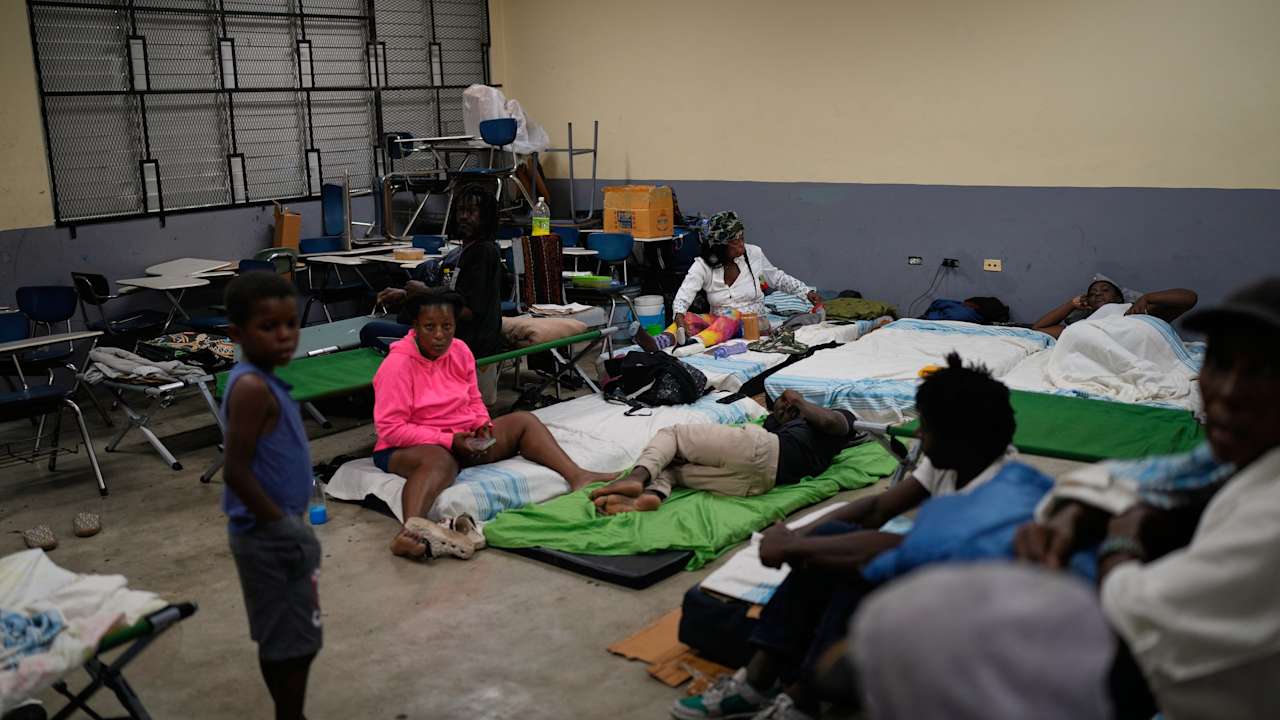
The United States’ National Hurricane Centre issued a warning of damaging waves and a life-threatening storm surge.
In its warning, it said: “Remain in your safe shelter. Catastrophic flash flooding and numerous landslides are expected through Tuesday.
“The eyewall’s destructive winds may cause total structural failure, particularly in higher elevations, leading to widespread infrastructural damage, prolonged power and communication outages, and isolated communities.”
Ahead of Melissa’s landfall, Jamaica’s Prime Minister Andrew Holness said: “There is no infrastructure in the region that can withstand a category 5. The question now is the speed of recovery. That’s the challenge.”
There are 850 shelters across the island, enough to accommodate over 20,000 people, Holness said.
The country’s health minister said patients in some hospitals along the coast had been moved from the ground floor to prepare for the impact of a storm surge.
Cuba is also bracing itself for the hurricane, which is expected to make landfall on the east of the island on Tuesday or Wednesday.
Cuban officials said they were evacuating more than 600,000 people from the region, including Santiago, the island’s second-largest city.
The hurricane is forecast to turn north-east and hit the south-east Bahamas by Wednesday evening.
A hurricane warning is in effect for the southeastern and central Bahamas, and a tropical storm warning was issued for the Turks and Caicos Islands.
Follow STV News on WhatsApp
Scan the QR code on your mobile device for all the latest news from around the country


